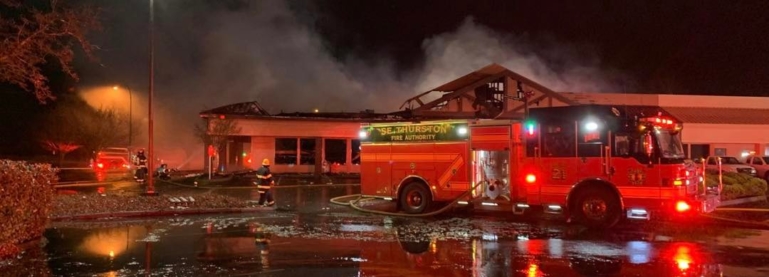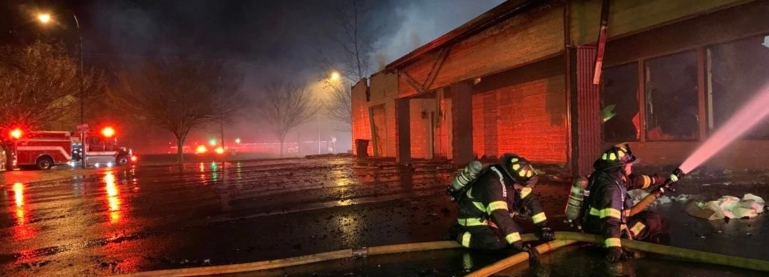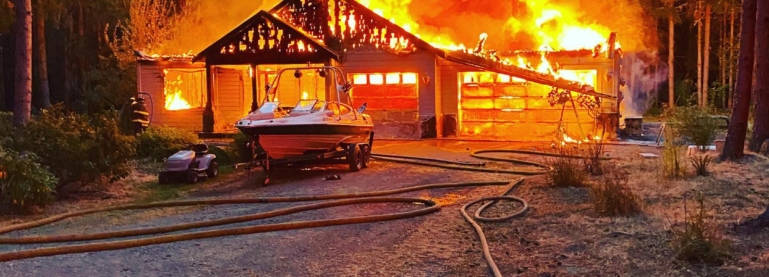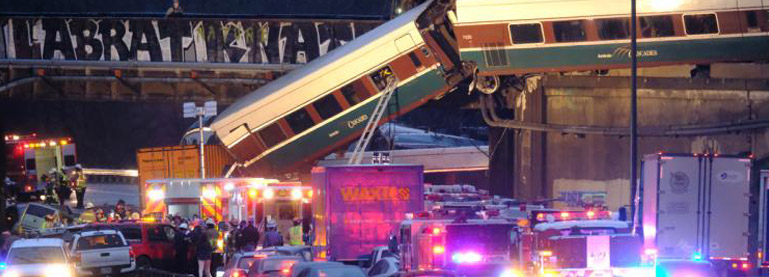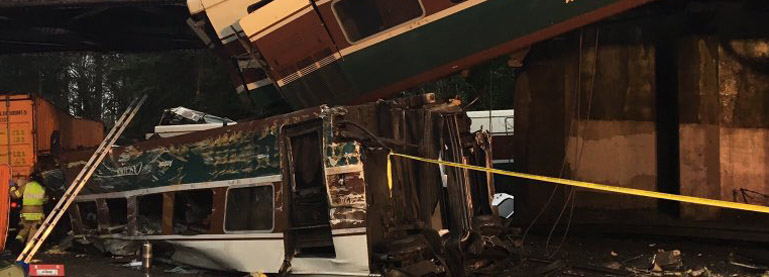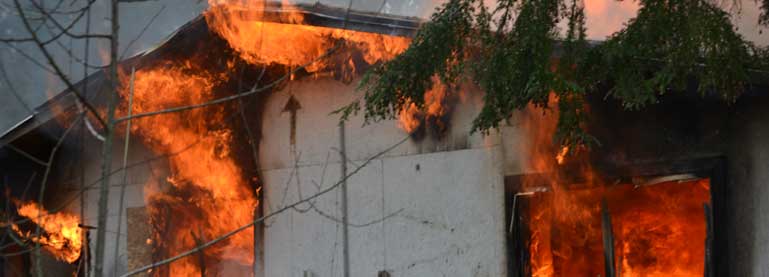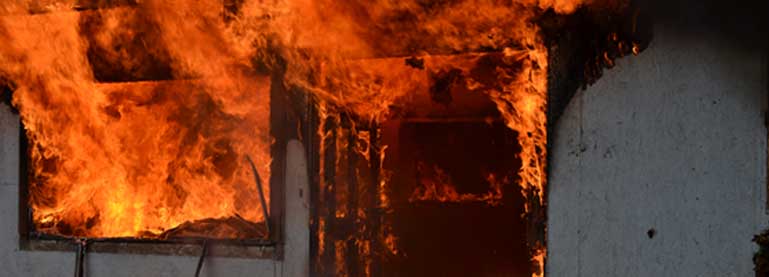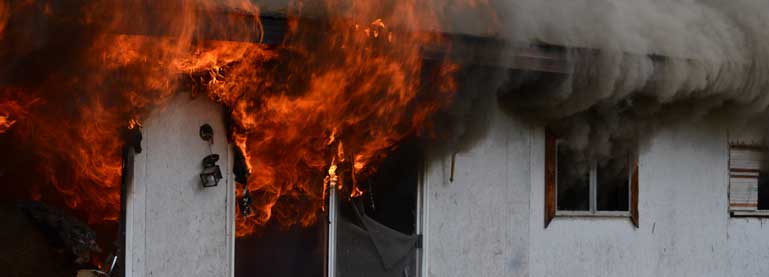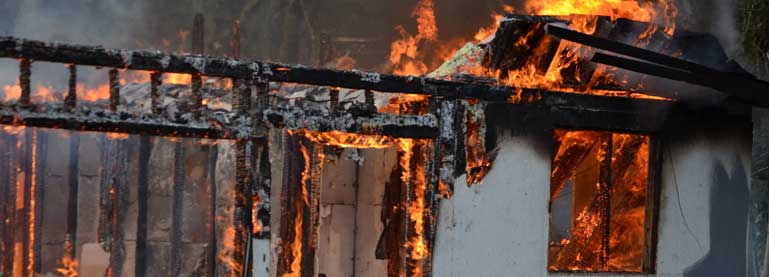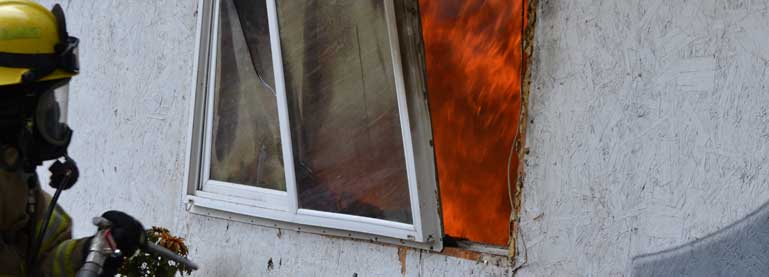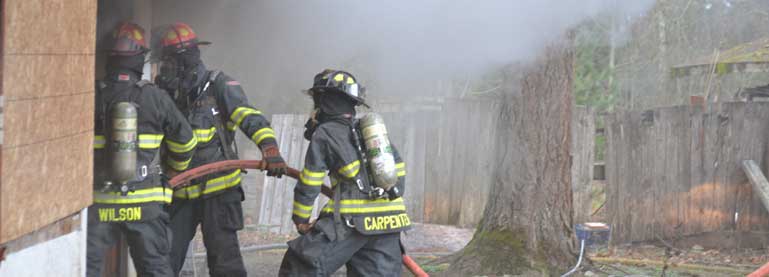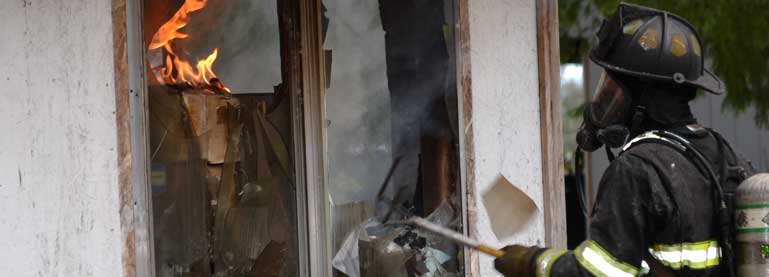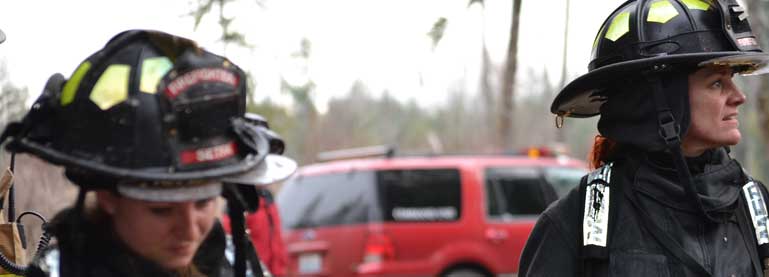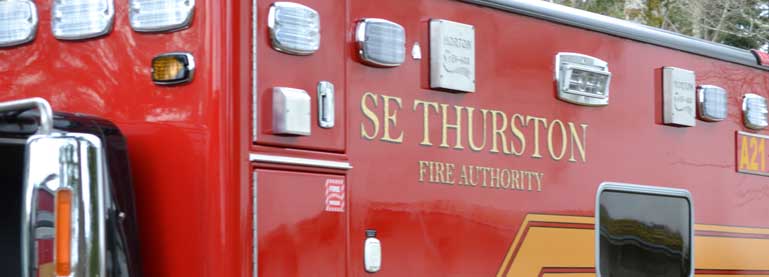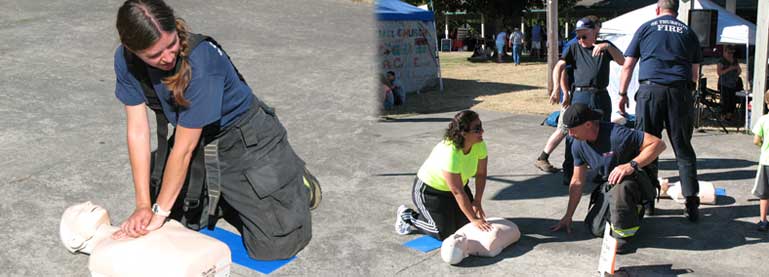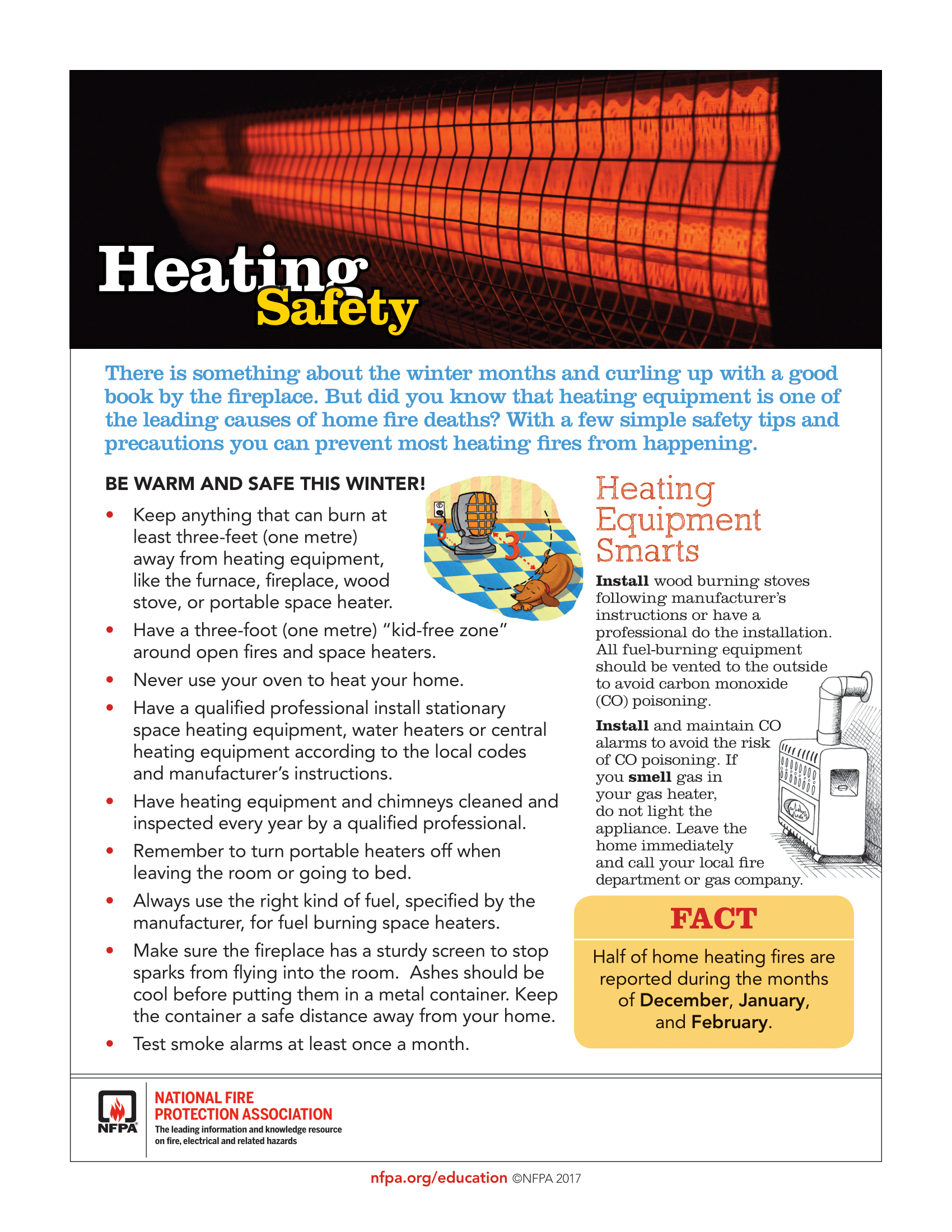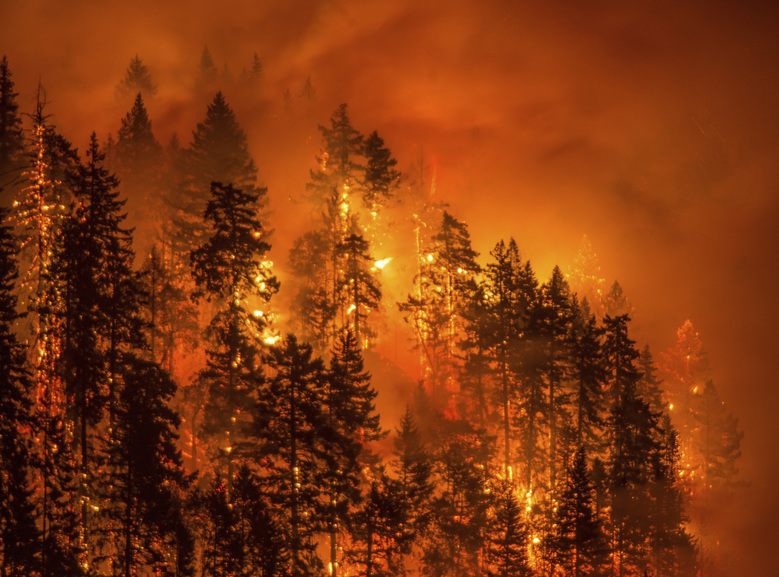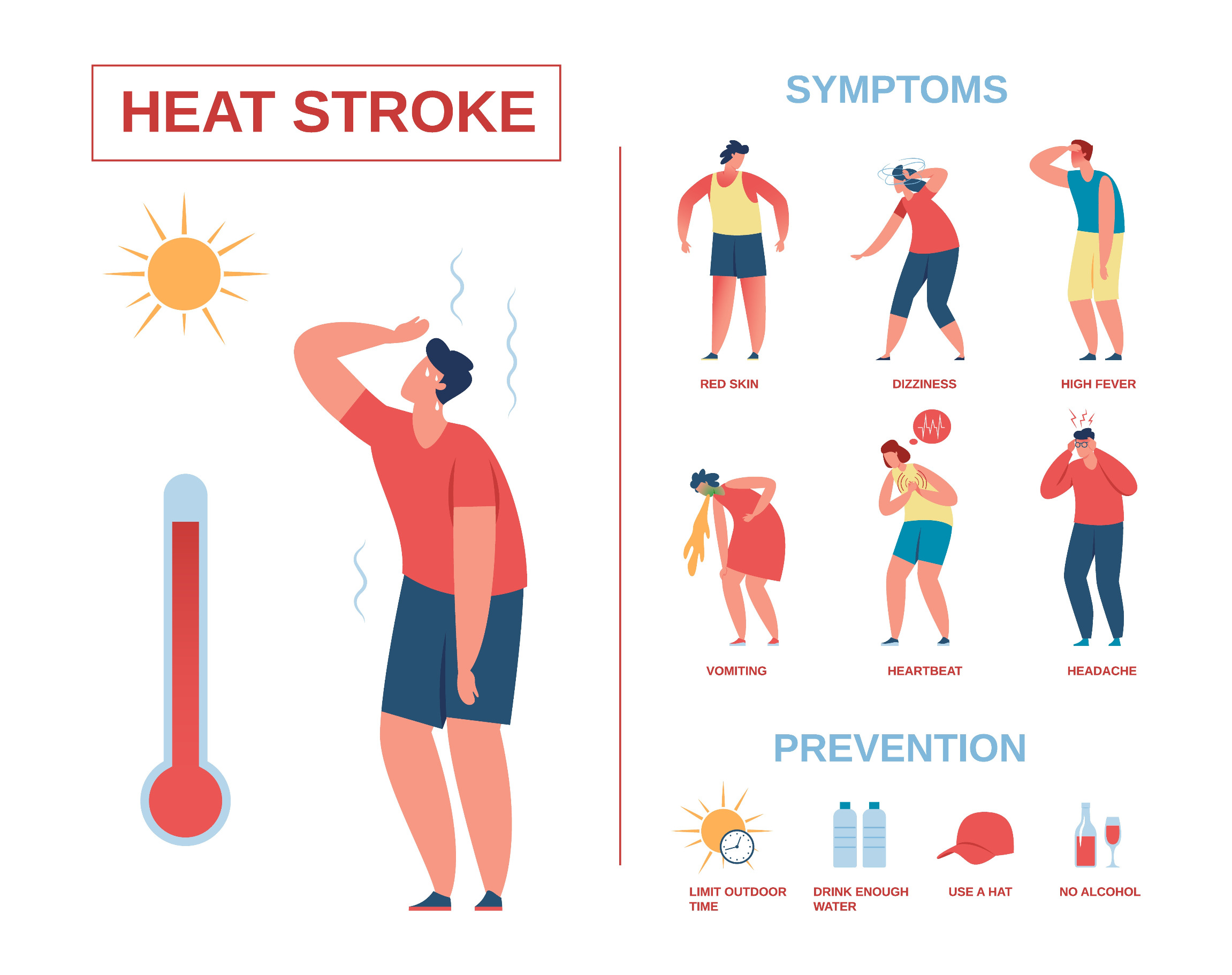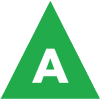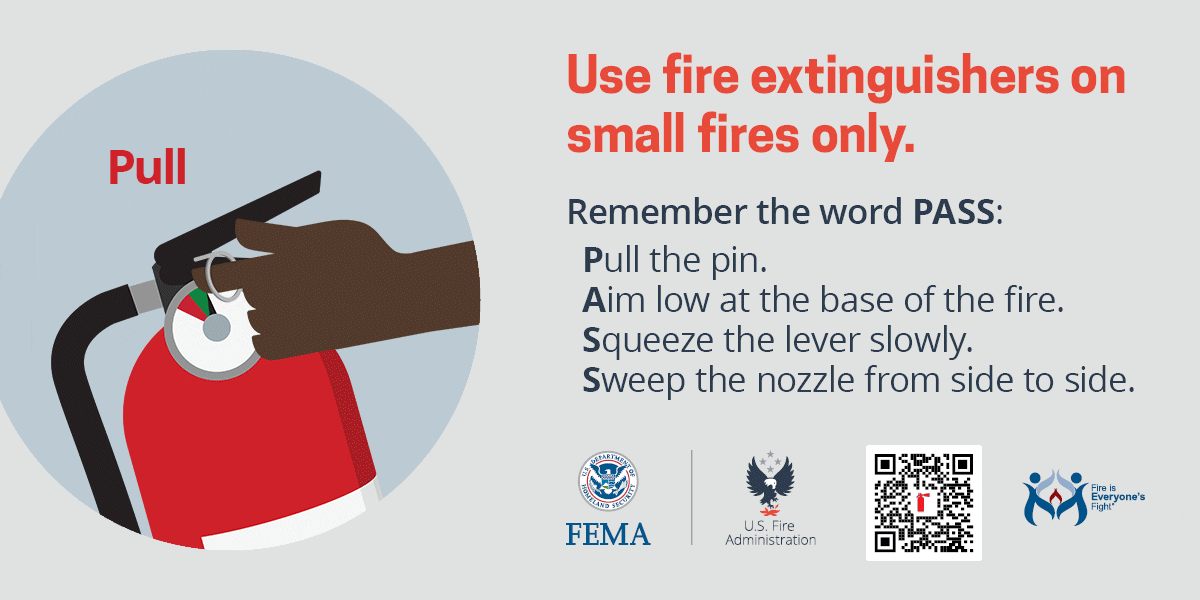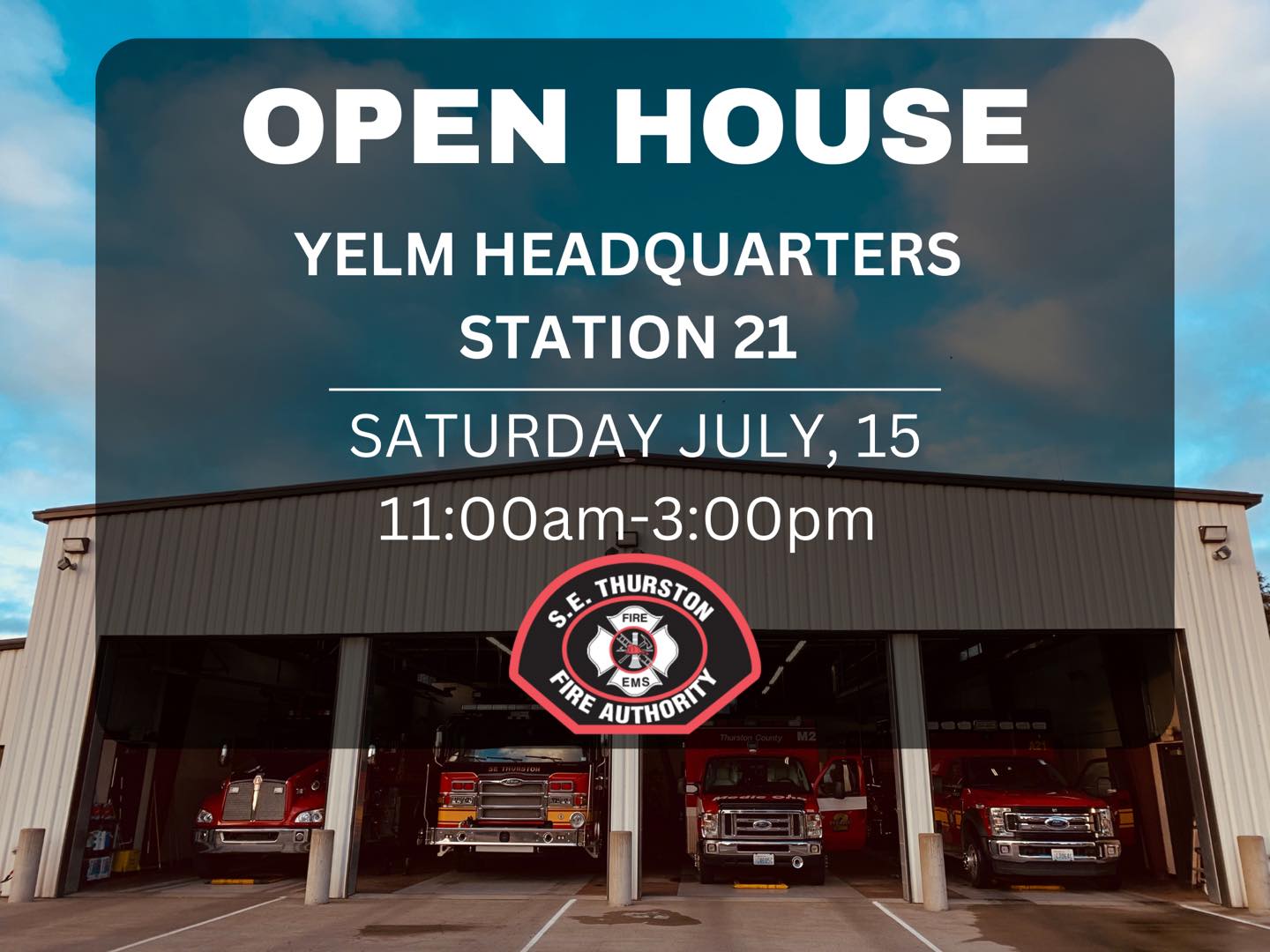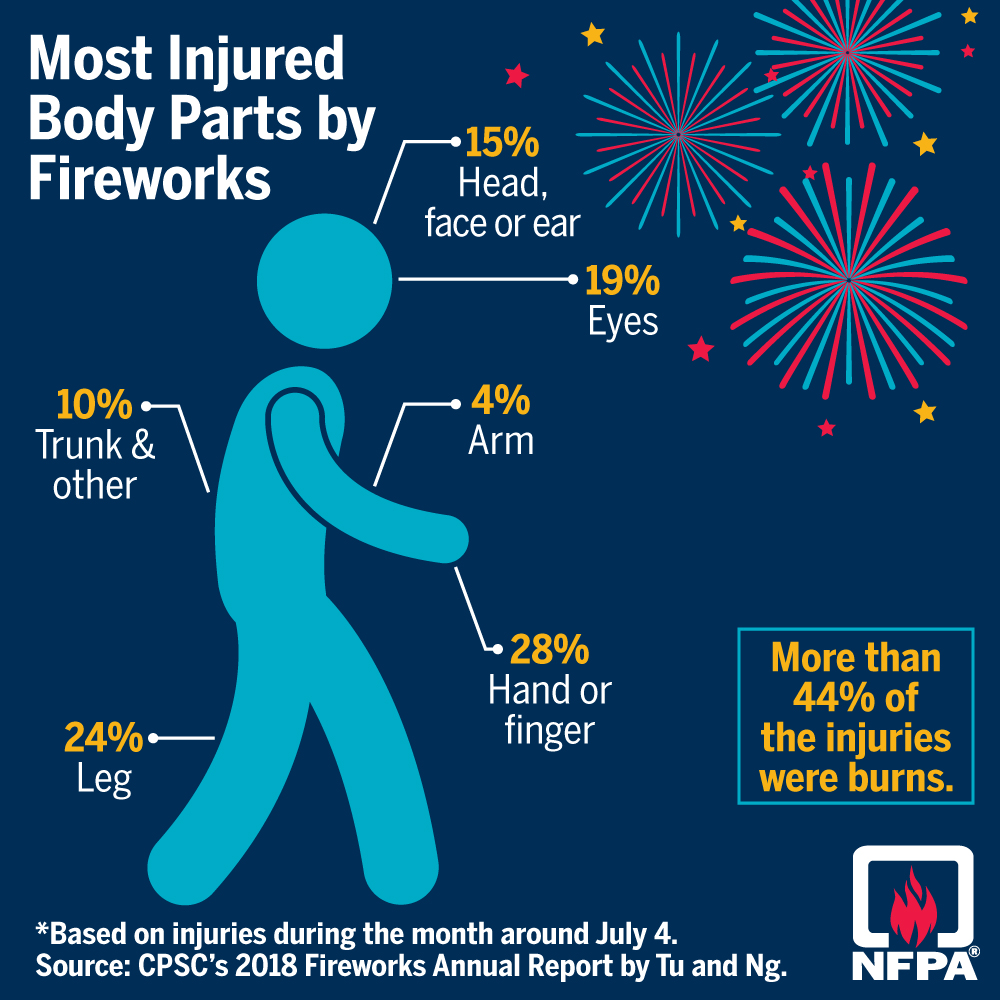Now that we’re fully within the season of fall, temperatures are starting to drop. While we may not be to freezing cold and sweater weather yet, it is just around the corner, and due to this many people will be firing up their heating systems or lighting up old fireplaces again. There are numerous fire safety concerns when it comes to heating devices and furnace systems, and the number one way to prevent fires is to be aware of the risks and know ways to stay safe. This quick read from the National Fire Protection Association has some great tips for staying safe and warm during these chilly months.

Serving the cities of Yelm, Rainier, and surrounding unincorporated areas. (360) 458-2799
(360) 458-2799
